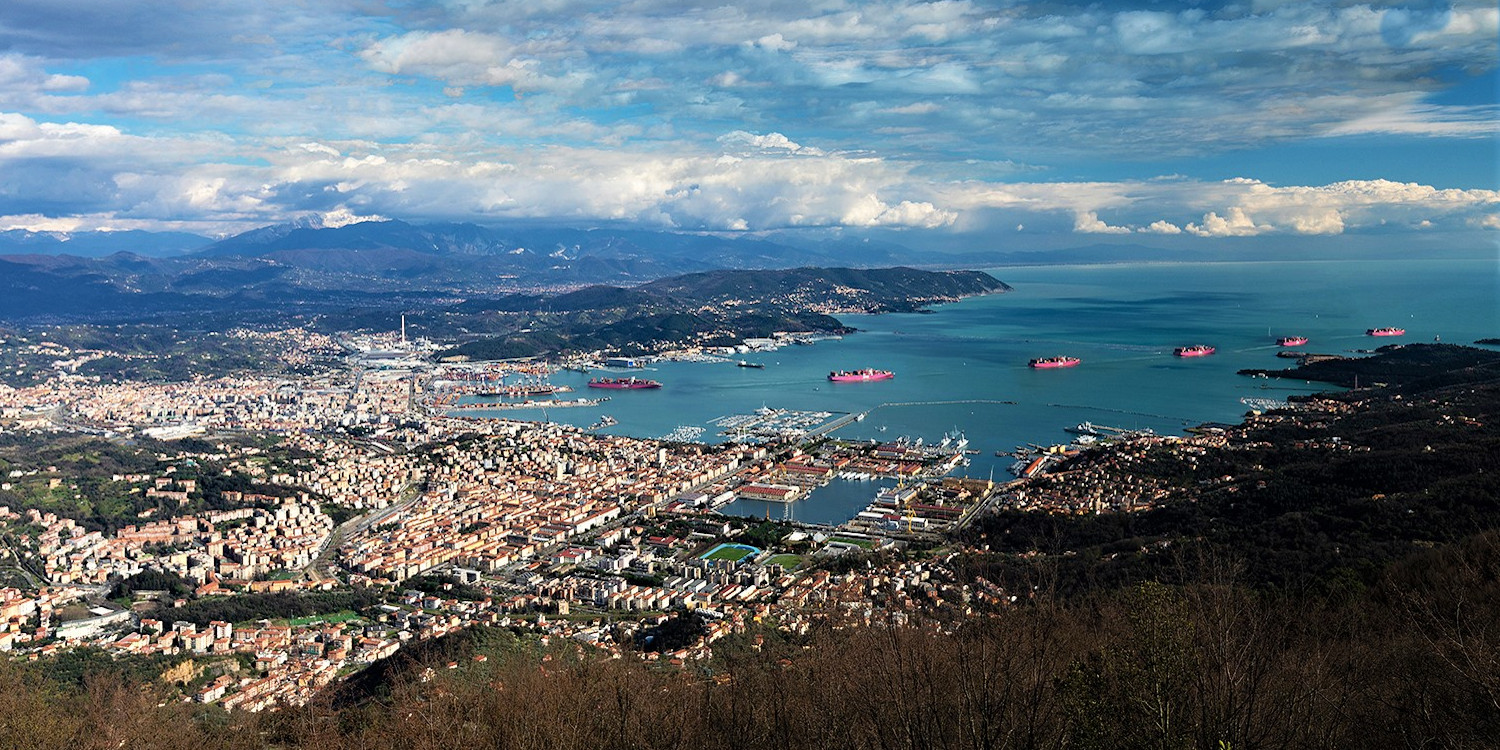The main logistics options available to serve the landlocked regions of Central Europe traditionally include the Northern Range ports and the intermodal network connecting them to the inland areas of the continent.
The increase of the competitiveness of Italian gateway ports, together with the efficiency improvement of customs operations and the development of an integrated transport offer, has made possible in the last decade a direct competition between Northern European ports and Italian ports on the Mediterranean Sea, today capable of providing Swiss, Austrian and German operators with a competitive logistics option, called the Southern Gateway system.
What is the Southern Gateway logistics system?
With the term “Southern Gateway” we identify the logistics system which provides access to continental Europe via Tyrrhenian and Adriatic ports and intermodal connections across the Alps. The Southern Gateway system represents today a competitive logistics option for European cargo owners and logistics operators.
The benefits of the Southern Gateway option
The Southern Gateway option offers cargo owners and logistics operators transporting cargo to and from Switzerland and Southern Germany a fast, reliable, efficient and sustainable intermodal transport service, which can compete with the alternative routing through the Northern Range ports.
Transit time: for trades connecting Europe to the Middle and Far East, accessing the European continent through the Mediterranean container terminals can shorten substantially the length of the maritime leg, reducing the end-to-end transit time. If we consider two ships departing from the Far East at the same time, this means being able to discharge from the ship and load on the train the containers routed through Tyrrhenian ports (such as La Spezia and Genoa) even before the vessel transporting containers routed through the Northern Range ports can dock.
Thanks to frequent and reliable intermodal connections between Italian ports and inland hubs across the Alps, as well as fast and efficient customs checks, the containers routed through the Southern Gateway system can reach their final destination several days earlier than the containers routed through the Northern Range ports.
Reduction of inventory costs: reducing end-to-end transit times means being able to deliver products to destination (on the shelves of retail stores or in the warehouses of manufacturing companies) faster. This reduces the “idle time” during which the products are stored in the container, thus generating inventory cost savings which can reach hundreds of euro for each container transported.
Risk diversification: the use of the Southern Gateway option should not necessarily be seen as an exclusive alternative to the Northern Range routing: many customers choose to split their volumes, using simultaneously both the Northern and the Southern option. This allows them to diversify their supply chain, reducing risks related to unforeseen events and bottlenecks which could temporarily slow down the transit speed of one of the two routings. In a world which is more and more globalized and connected, where international trade continues to grow together with the complexity of global supply chains, logistics operators and cargo owners are quickly realizing that the winning strategy for a modern logistics does not exclusively rely on cost reduction, but it is rather based on striking a smart balance between cost control and risk reduction. In this context, the Southern Gateway system provides a competitive logistics option for those players who want to increase the resilience of their supply chain.
Environmental sustainability: reducing the length of the maritime leg of the transport and using the train to transfer containers inland drastically reduces polluting emissions as well as the CO2 generated for each transported TEU. Paying attention to reducing negative externalities and looking for alternative solutions to achieve a sustainable logistics is a farsighted and winning approach. On one hand, it provides a precious opportunity to optimize logistics processes; on the other hand, it resonates with a growing demand for sustainable operations expressed by many companies and end consumers, which are becoming more and more aware of the environmental impact of productive and distributive processes. To achieve the ambitious goals set by the international community and individual countries to limit global warming, we must consider and address the externalities generated by the logistics sector, moving towards a more sustainable transport model. In the next years, the introduction of stringent regulations will penalize those who adopt unsustainable practices, such as the indiscriminate use of trucking for long distance transport, and reward those companies which choose to act responsibly opting for a greener logistics, which takes into account the environmental impact of transport operations.


